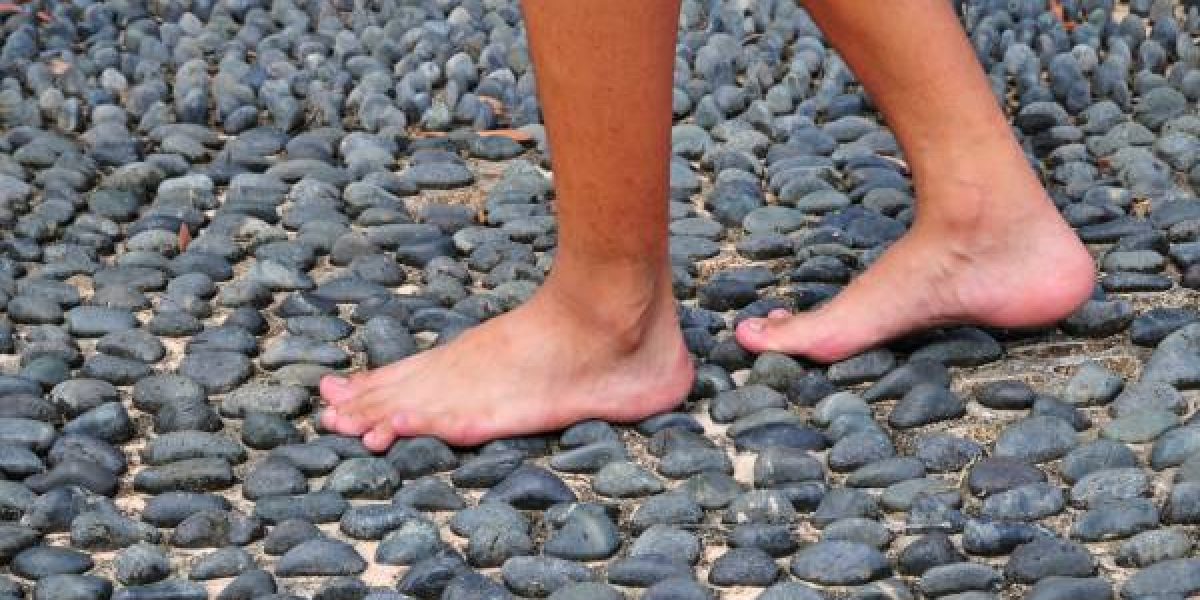The human foot has an incredible design. When working properly it is designed to function as a mobile adapter to buffer the impact forces of the ground as we strike it, and then as a rigid lever to propel our body forward. The foot contains 33 joints, 19 muscles, and over 100 ligaments, all acting together to create the arch and foundation of support/control for the body and every joint above it. In order for the foot to do its job it must be mobile enough, stable enough, strong enough, and work together with the rest of the body (most importantly the hips and core). If the foot is not doing its job it will fail to maintain its arch, lose stability, and stop working together with the rest of the body. This is what is commonly referred to as having ‘flat feet’. Here’s the thing: feet aren’t just flat, they become flat when they stop working properly and when we lose the ability to control them.

The term ‘flat feet’ is a misnomer, it should be referred to as ‘Inability to control your feet’. Having flat feet is not genetic, this a misconception that still exists for some reason. The human foot has 3 arches, and these can vary in height from person to person – so arch height is genetic and based on the bony structure we are born with. Some people are born with a predisposition for more or less joint mobility, so there is variance in how much our muscles and active tissues must control our joints and passive structures. Taking this into account, it is the job of the musculo-skeletal system to create sufficient structural integrity so it can work like it’s supposed to. When people lose the ability to control and use their feet (aka have ‘flat feet’), it is because structural integrity is lost. We must use our hip and pelvic musculature to create external rotation and prevent inward collapse of the knee, ankle and foot below it. We must also use our lower leg and intrinsic foot musculature to stabilize and control the feet as we walk, stand, exercise, or do anything while in contact with the ground.
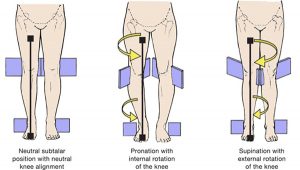
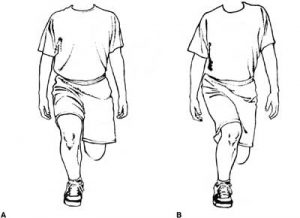
A big problem is that many of us are losing the ability to use our bodies like they are designed to work. Our bodies and feet are subjected to unnatural conditions these days. Sitting is a big contributor to why our feet aren’t working – it systematically tightens our hips up, inhibits our glutes and hip stabilizers, and modifies our posture. The hips control everything downstream of them, so uncontrolled hips mean trouble for the knee, ankle, and foot. Shoes are another, as they create an artificial and restrictive environment for our feet. Most shoes prevent the toes from splaying, put our intrinsic foot muscles to sleep, prevent the joints of the foot from articulating properly etc. Shoes with an elevated heel, (which most are), modify the biomechanics of walking and force us to make compensations at every joint upstream of the feet whenever we are on them. As for orthotics, they are drastically over prescribed and in most cases contribute to further foot dysfunction. They artificially provide support to the feet, further weakening the intrinsic foot musculature and altering the foots natural function as both a mobile adapter and a rigid lever. Orthotics should be viewed as a short term solution in a small subset of cases where they are needed, instead of being pushed upon those who are perfectly capable of working towards learning how to control, strengthen and use their feet naturally.
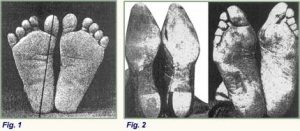
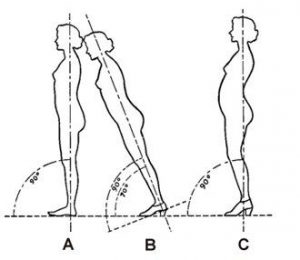
We need to start addressing some of the root causes of developing flat feet, instead of taking a reactionary/band-aid approach to cover up the problem. This means addressing the bodies inability to control and stabilize itself instead of relying on modalities which exaggerate this problem. Healthcare providers should be educating people on how to maintain, control, and strengthen their feet and work on offsetting the effects of shoes, heels, orthotics, sitting etc. The human foot is designed to work best with nothing modifying it, plain and simple. It is up to us to learn how to control our feet and skeletons to prevent dysfunction and pain from arising.
